1. Analog Clocks
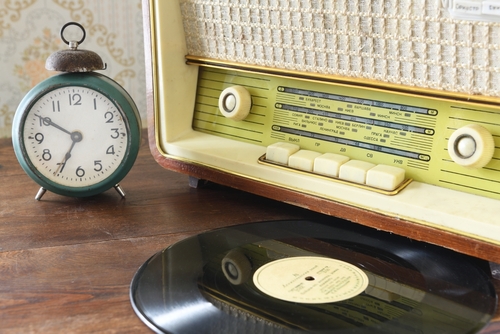
Digital displays and smart devices make telling time effortless, but they lack personality. Analog clocks add warmth, rhythm, and a touch of nostalgia to a room. They’re décor and function all in one, quietly marking the hours with a reassuring tick. When replaced, something about the space feels oddly empty.
Digital clocks may be precise, but they’re also forgettable. The gentle ticking of an analog clock creates a sense of calm and presence. It’s a small reminder of life’s pace—something technology often speeds past. Many who took them down end up hanging them right back up again.
2. Cast Iron Skillets
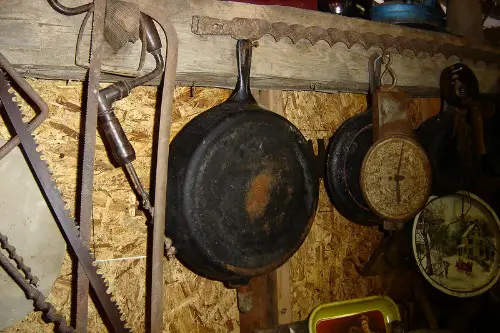
A lot of people replaced their old cast iron skillets with shiny nonstick pans, thinking cleanup would be easier. But nonstick coatings wear out quickly and can’t handle high heat the way cast iron can. A well-seasoned skillet naturally becomes nonstick and lasts for generations with basic care. Once that new pan starts chipping, many realize they traded durability for short-term convenience.
Cast iron also adds a richer flavor and superior browning to food because of its heat retention. Modern pans often struggle to match that even heat. Plus, cast iron can go from stove to oven with no issue, while most nonstick pans can’t. When people rediscover how versatile it is, they often wish they’d just re-seasoned the one they already had.
3. Quality Kitchen Knives
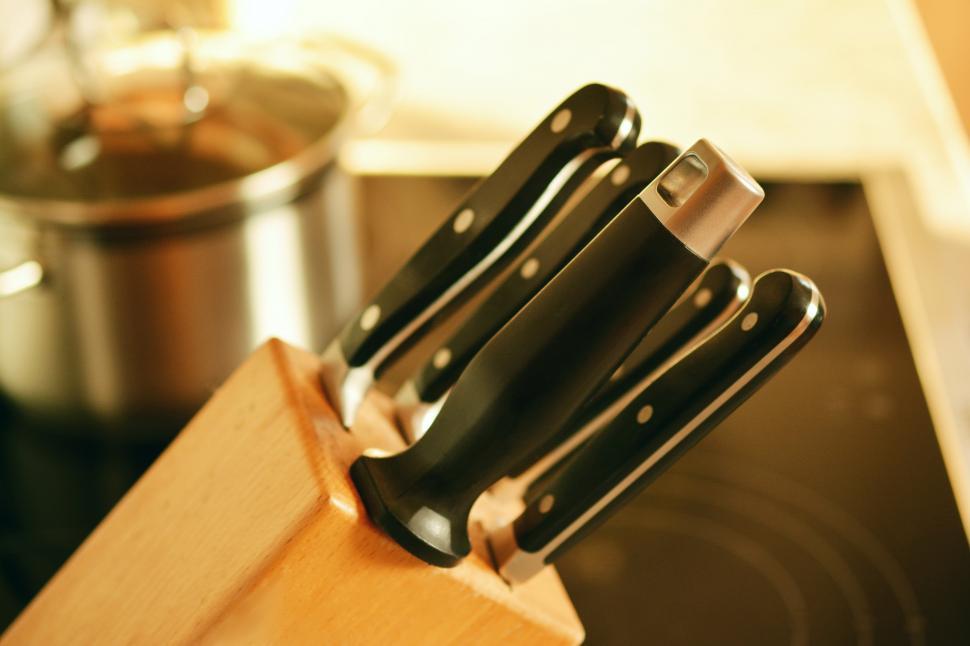
It’s easy to get tempted by a glossy new knife set that promises restaurant-level precision. But many of those knives are mass-produced with lower-quality steel that dulls fast. A single high-carbon steel knife—kept sharp—often performs better than an entire flashy block. Once people notice uneven cuts and loose handles, regret sets in.
Good knives are an investment that only gets better with time. They can be sharpened for decades, keeping their edge and balance. Many who gave away their reliable old chef’s knife for a trendy set end up missing it deeply. It’s one of those tools where newer doesn’t always mean better.
4. Cotton Bed Sheets
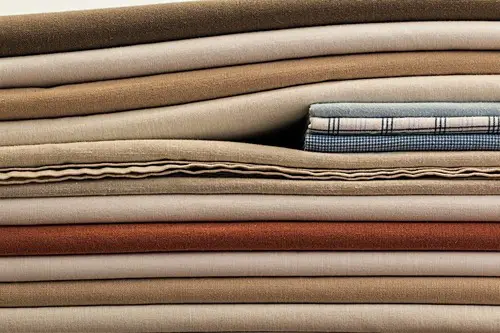
Microfiber sheets sound like a modern luxury with their silky texture and low price tag. But they trap heat and don’t breathe as well, leaving many people uncomfortably warm at night. They also tend to pill and lose softness after several washes. Cotton sheets, especially Egyptian or Pima cotton, actually get softer with age.
Cotton’s breathability and durability make it the clear winner for year-round comfort. People who switched for convenience often end up sweaty and disappointed. Once they remember how crisp and cool their old cotton sheets felt, they realize the trade wasn’t worth it. Sometimes, simple really is best when it comes to sleep.
5. Manual Coffee Makers
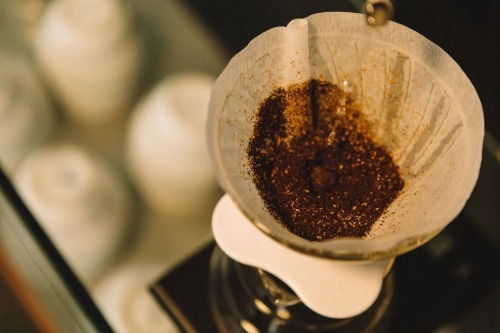
Automatic coffee makers promise consistency, but they often sacrifice flavor in the process. Many coffee lovers who switched from a French press or pour-over notice their coffee tasting flat. Machines can’t adjust for subtle differences in grind, temperature, or timing. That human touch, it turns out, makes a big difference.
Manual brewing methods give users control over every step, which is why cafés still use them. They produce a richer, more aromatic cup that no “smart” brewer has quite matched. People who replace their trusty press with a pod machine often return to their old setup after a few bland mornings. It’s a reminder that convenience sometimes dulls the craft.
6. Real Leather Couches
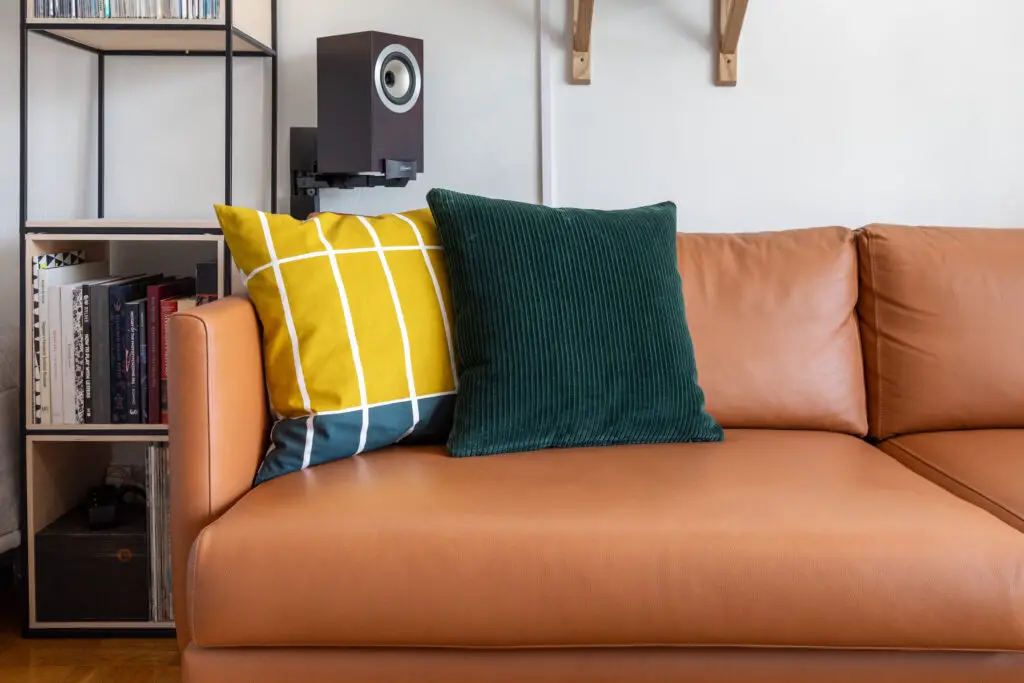
Faux leather seems like a practical, cruelty-free choice—until it starts peeling. Most synthetic options don’t breathe, making them sticky in warm weather and brittle over time. Real leather, though pricier, softens beautifully and lasts for decades with minimal care. Once that faux surface begins to flake, there’s no easy fix.
The regret often comes down to longevity. A genuine leather couch can be reconditioned and repaired, while a faux one usually ends up in the trash. It’s one of those purchases where “saving money” turns out to cost more in the long run. Comfort and craftsmanship still win over convenience.
7. Analog Thermostats
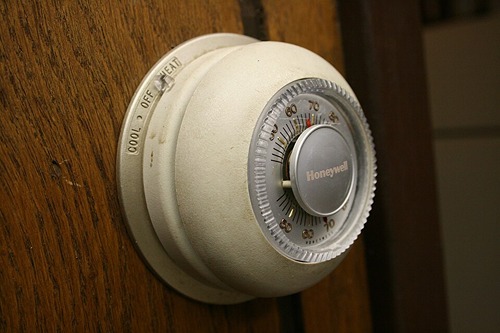
Smart thermostats look impressive and promise lower energy bills. But many users find them finicky, requiring constant Wi-Fi connections and software updates. Some models even misread room temperatures, making heating or cooling uneven. The more “intelligent” they get, the more maintenance they seem to need.
Analog thermostats, while basic, just work. You turn the dial, the system responds—no app required. When smart systems glitch during a cold snap, homeowners suddenly miss that simple reliability. In the end, comfort often beats connectivity.
8. Traditional Light Bulbs
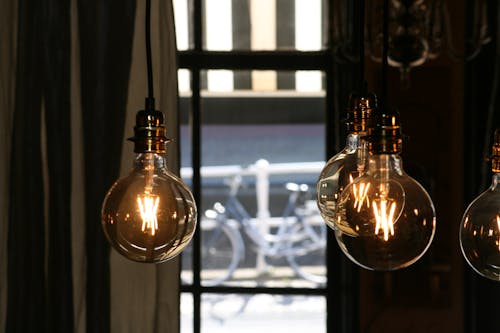
When compact fluorescent bulbs first hit the market, people replaced their old incandescents in droves. But CFLs gave off harsh, cold light and took time to warm up. They also contained mercury, making disposal tricky and potentially unsafe. Many households found themselves longing for that soft, cozy glow they’d lost.
While modern LEDs have improved dramatically, early adopters remember the frustration. The new bulbs were efficient but soulless, turning warm living rooms into sterile spaces. Even now, “warm white” LEDs exist mostly to recreate that nostalgic feel. Sometimes, progress just doesn’t feel as comforting.
9. Carpeted Floors
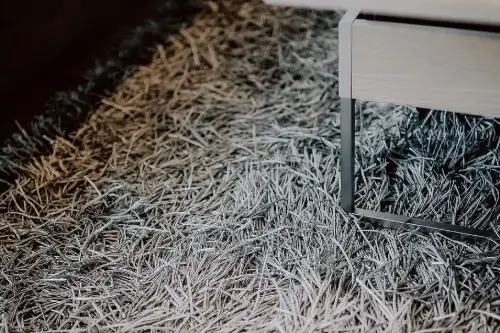
Hardwood and tile floors look elegant, but they can also be loud and cold. People often rip out old carpet, only to realize it added warmth and comfort they didn’t appreciate before. Carpet muffles noise, insulates heat, and feels cozy underfoot. The sleek look of bare floors doesn’t always feel as inviting.
Once winter rolls around, those fancy floors can feel downright unfriendly. Homeowners scramble to buy rugs, but they rarely replicate the full comfort of carpet. Cleaning might be easier, but the space feels less like home. It’s a classic case of beauty over practicality.
10. Basic Vacuum Cleaners
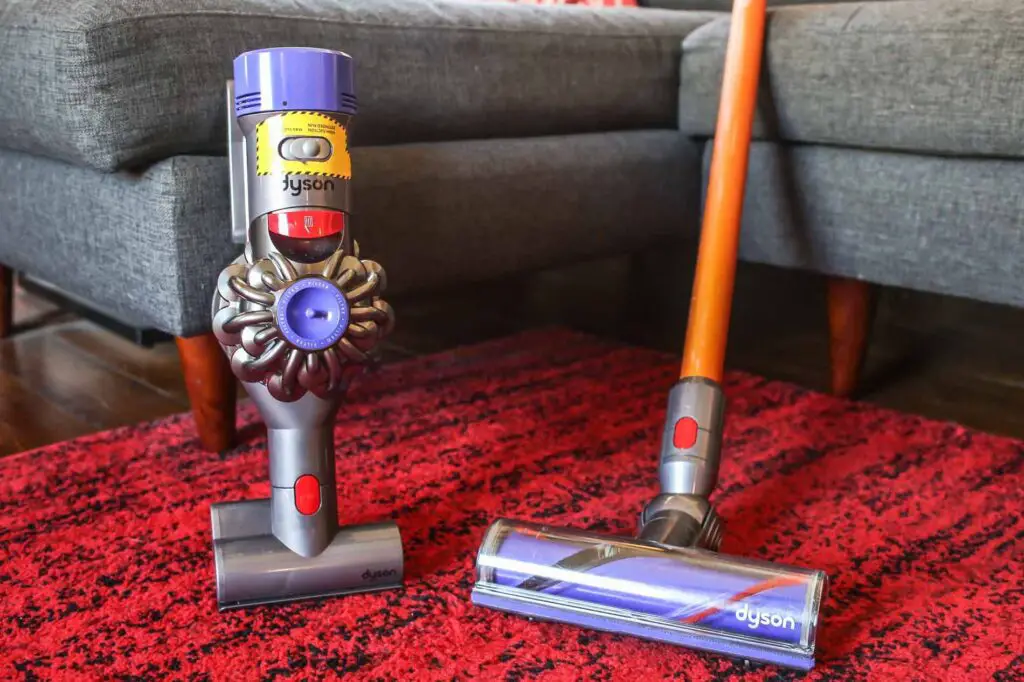
Cordless vacuums are lightweight, sleek, and easy to store—until the battery dies mid-clean. They often lose suction over time and don’t last as long as traditional models. Many users find themselves constantly recharging or replacing parts. The dependable, corded upright suddenly doesn’t seem so outdated.
Old-school vacuums might be heavier, but they deliver consistent power. They also handle deep-cleaning carpets far better. When people realize they’re spending more time maintaining the cordless one, nostalgia kicks in. Reliability, it turns out, is its own form of convenience.
11. Reliable Washing Machines
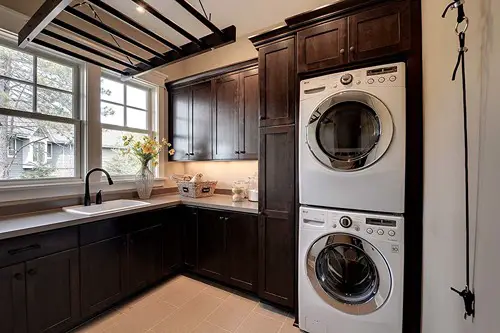
Energy-efficient washers sound great until they leave clothes less clean. Using less water can mean detergent residue and lingering odors. Many people miss the deep-cleaning power of their older, water-guzzling top-loaders. The savings on the bill don’t always make up for the frustration.
Some newer models also take much longer cycles, making laundry feel endless. When whites start looking dingy and towels come out musty, regret sets in fast. Those older machines, though “inefficient,” simply got the job done. Sometimes, performance trumps progress.
12. Durable Nonstick Bakeware
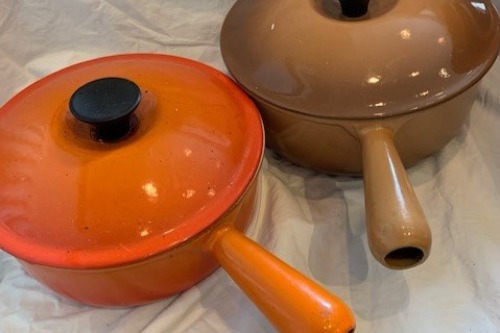
Silicone bakeware seemed like the future—colorful, flexible, and easy to clean. But it bends easily, heats unevenly, and sometimes leaves baked goods pale or rubbery. Traditional metal pans conduct heat better, creating that perfect golden crust. Many home bakers quietly swap back after a few disappointing batches.
Silicone also wears out faster, stretching or tearing with frequent use. Metal, on the other hand, can last for decades with basic care. When you’re baking for family, results matter more than convenience. That’s when the regret of ditching trusty metal pans really hits.
13. Simple Door Locks
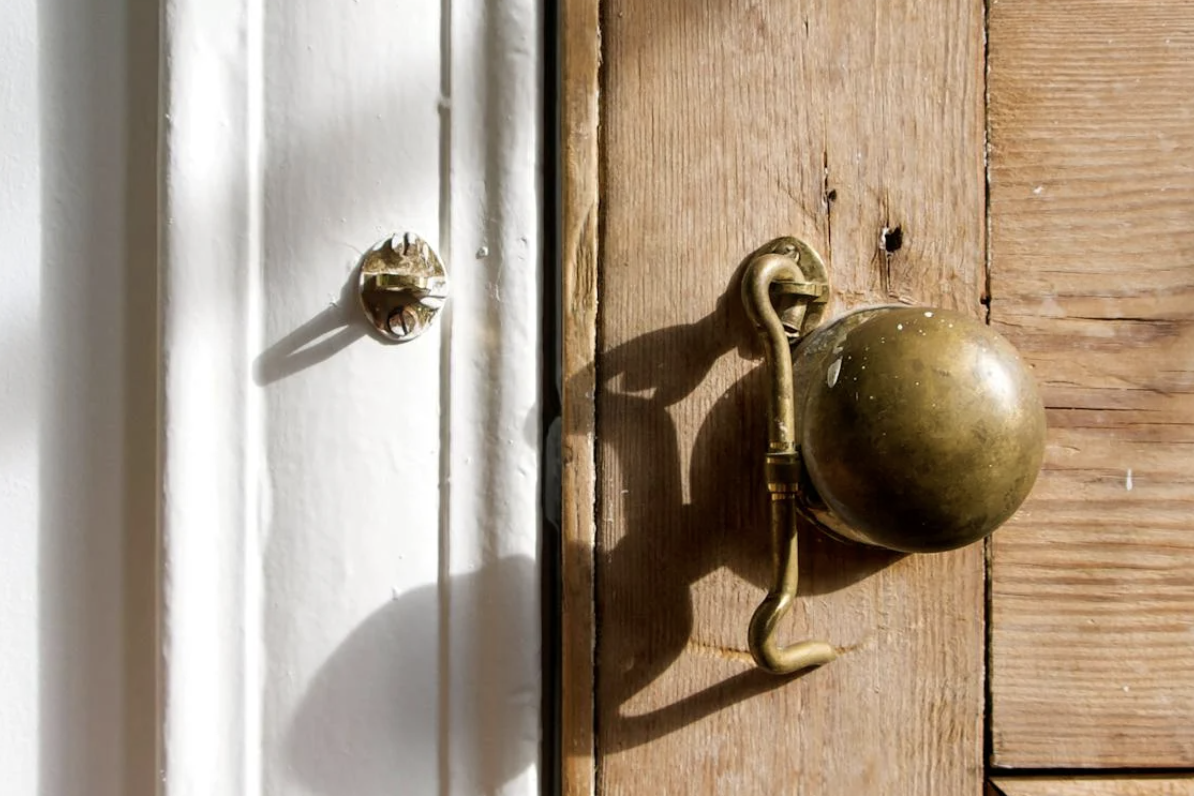
Smart locks promise keyless convenience, but they come with new frustrations. Batteries die, apps crash, and software updates can lock you out. Security experts also warn that connected locks can be hacked. Suddenly, the humble key seems a lot more dependable.
Mechanical locks rarely fail unless physically damaged. They don’t need Wi-Fi or tech support to work. When people find themselves stranded outside with a dead battery, they realize simpler was safer. Sometimes the old ways really do protect you best.
14. Solid Wood Furniture
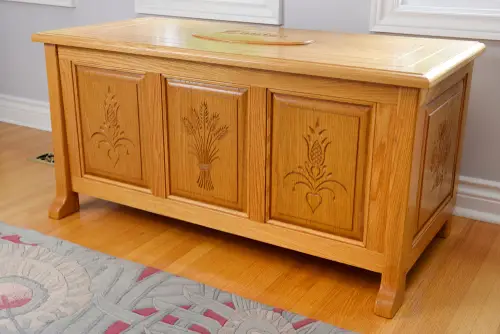
People often replace solid wood furniture with lightweight, flat-pack pieces because they’re easy to move and assemble. Unfortunately, most of those cheaper materials—like particleboard or MDF—don’t age well. They chip, warp, and swell with humidity, often breaking within a few years. The initial savings disappear when replacements become frequent.
Solid wood, by contrast, can last decades and even gain value over time. It can be sanded, stained, or refinished to match changing styles. Many regret getting rid of a sturdy old dresser or table when the “upgrade” starts wobbling. In hindsight, they see that timeless craftsmanship never truly goes out of style.
15. Landline Telephones
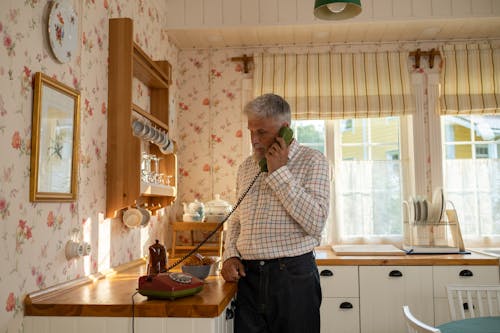
When smartphones became the norm, cutting the landline felt like a modern move. Calls could be made anywhere, anytime, with countless apps replacing simple dialing. But mobile connections can drop, lag, or distort in ways landlines rarely did. Many people discovered that convenience came with a surprising loss of reliability.
Landlines offered clear sound and a sense of stability that wireless tech can’t always replicate. They worked during power outages and didn’t rely on signal strength or charging cables. Plus, there was something comforting about a familiar ringtone echoing through the house. For some, that dependable ring is sorely missed.
16. Wooden Drying Racks
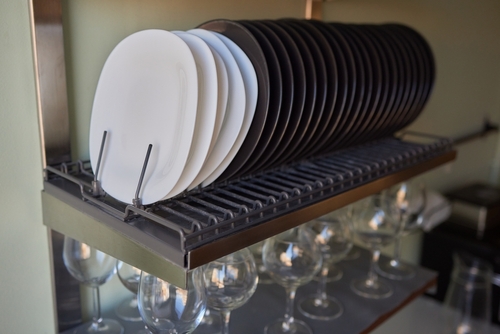
Plastic and collapsible metal racks looked like upgrades—lighter, sleeker, and easier to store. But over time, they bend, rust, or snap under weight. The old wooden ones, sturdy and simple, handled damp clothes with quiet strength. Many regret tossing them once they realize their replacements don’t last through a single laundry season.
Wooden racks also had a natural charm that brightened laundry spaces. They absorbed moisture evenly, preventing that damp smell synthetic versions often create. With a little oiling, they could last for decades. Sometimes, it turns out the “old-fashioned” tools knew best.
17. Hardcover Books
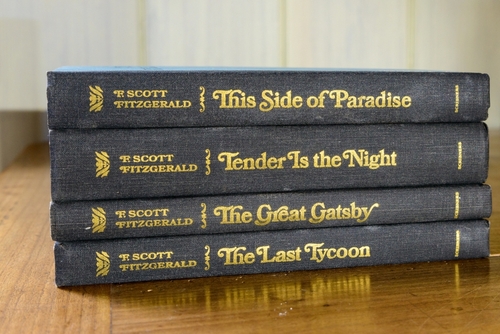
E-readers promised to save space, reduce clutter, and hold entire libraries in one device. But many book lovers soon missed the physical experience—turning pages, smelling paper, and seeing shelves lined with favorites. Screens can’t replicate the texture or quiet ritual of reading a real book. Once the novelty fades, the digital library feels oddly impersonal.
Hardcovers age beautifully, telling their own story through creased spines and worn corners. They invite rereading in a way digital files rarely do. And when technology fails or updates disappear, the printed word still stands firm. The tactile pleasure of a good book never really goes out of style.
18. Mechanical Keyboards
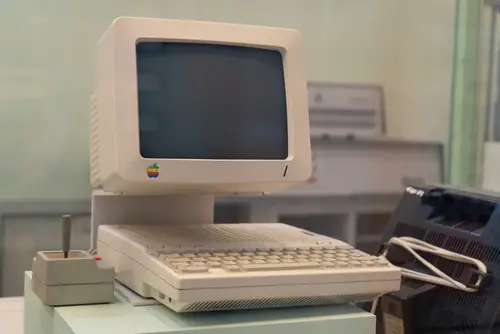
Sleek, silent keyboards seemed like progress, especially for minimalist desks. Yet many who switched found themselves missing the satisfying click and responsive feel of mechanical keys. Membrane versions wear out faster and often feel mushy to type on. Productivity and joy both take a hit when every keystroke feels dull.
Mechanical keyboards are louder, yes—but they’re also more precise and durable. They make typing feel intentional, almost rhythmic, transforming even mundane work. Many return to them after realizing how lifeless modern ones feel. Sometimes, sound and substance beat silence.
19. Manual Can Openers
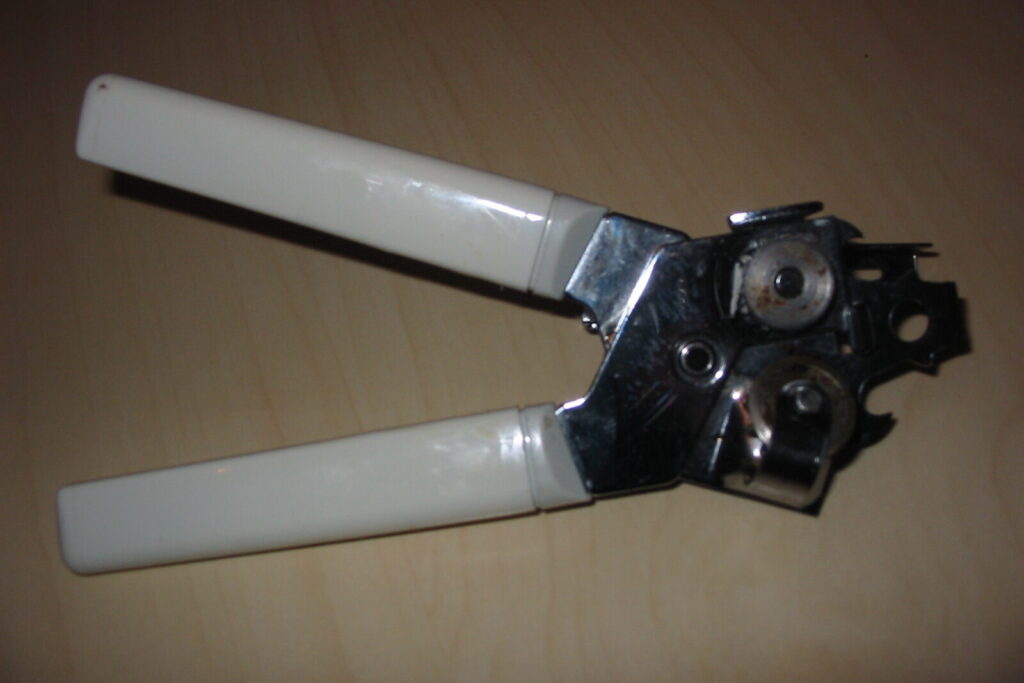
Electric can openers looked like a time-saver, sitting proudly on countertops across kitchens. But they clog, jam, or stop working altogether after a few months of heavy use. Manual ones rarely fail, need no outlet, and clean up in seconds. It didn’t take long for many to dig their old trusty opener out of the drawer again.
There’s a reassuring simplicity in twisting a handle and hearing that clean, steady cut. No motor hums, no cords dangle, and nothing overheats. They last for decades, often outliving entire kitchen remodels. The truth is, low-tech sometimes means high dependability.
20. Simple Alarm Clocks
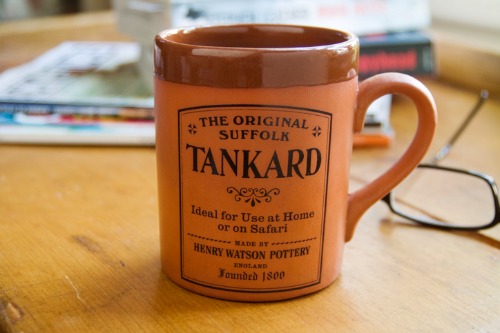
When phones took over as alarms, most people ditched their bedside clocks. It made sense—why have two devices when one can do it all? But late-night notifications, endless scrolling, and glowing screens disrupted countless sleep schedules. Suddenly, that old ticking clock didn’t seem so outdated after all.
Simple alarm clocks don’t tempt you to check messages or news before bed. They do one job and do it well: wake you up. The soft red digits or gentle tick once felt ordinary, now they feel peaceful. Many are rediscovering that better mornings start with fewer distractions.
21. Ceramic Mugs

Insulated travel mugs and tumblers became everyday staples, promising spill-free convenience. Yet coffee lovers soon found they dulled both flavor and experience. Ceramic mugs, with their comforting warmth and weight, make every sip feel grounding. Stainless steel may keep drinks hot, but it can’t replace that cozy ritual.
Ceramic holds just the right temperature for leisurely mornings at home. It’s personal, durable, and even sentimental—each chip or glaze tells a story. Many who replaced them realize coffee just tastes better in the classics. Some traditions, it seems, are worth holding with both hands.
This post 21 Household Items Everyone Replaced—Then Deeply Regretted was first published on Greenhouse Black.
